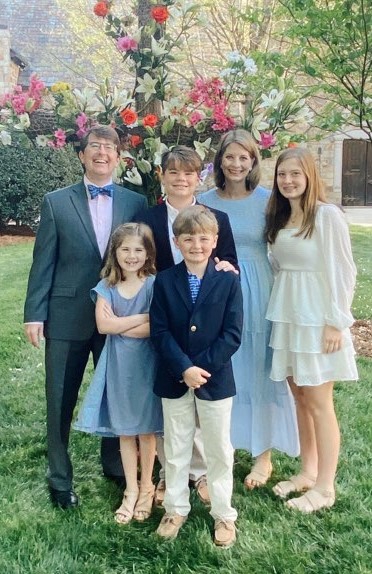In a tough South Carolina car accident case, we got a settlement for a Pennsylvania lady who had a Christmas visit ruined when she got hit by a car in Orangeburg County, South Carolina.
Here’s what made it tough: we had to prove a brain injury from the accident caused a knee injury—but the knee wasn’t hurt in the accident.
Our client Marilee found us on Google. She worried her case was too hard to prove and she’d never get a settlement. Good hard legal work ensured we got a settlement that left her satisfied.
The Car Accident: Low Impact Doesn’t Mean You Can’t Be Seriously Hurt
On December 22, 2019, around 7:23 PM, Marilee and her husband were driving on Highway 301 in Orangeburg County. The at-fault driver pulled out of a parking lot and drove directly into the couple as if they weren’t there.
Interestingly, Marilee’s husband had a video camera in his truck that captured the collision. It didn’t look all that serious, until you realize the impact rocked a mid-sized pickup and Marilee, sitting in the passenger seat, bore the brunt of the impact.
Proving a South Carolina Car Accident Caused a Brain Injury That Led to a Knee Surgery
Marilee presented me with the challenge of getting a South Carolina car accident settlement for an injury that wasn’t directly caused by the accident, but resulted indirectly from an injury in the accident.
Months after the car accident, Marilee fell down hard because she didn’t see some steps at her home. The fall was so violent she needed a knee operation. Linking that injury to the crash got even harder: the year before the car accident, she had corneal transplants and cataract surgery in both eyes.
I admit it sounds questionable, even like a lawyer trick where I fooled the insurance companies. Nothing could be further from the truth. Insurance companies are incredibly savvy in medical evidence and ruthlessly protect their money. I proved Marilee’s case with careful, detailed work involving highly technical medical evidence and an honest assessment from Marilee’s vision specialist.
After a close review of complex medical records, I scheduled a phone call with the doctor. I summarized the critical medical conclusions in a questionnaire, a series of questions where the doctor checks yes or no. His conclusions about Marilee’s injuries from the crash, including their highly debilitating effects, are summarized in his questionnaire. It proved the crash caused a concussion resulting in loss of eye function, including lost peripheral vision.
Significantly, her lost peripheral vision “likely” (his handwritten word on the questionnaire) caused the fall in her home, which led to her knee operation.
Lost peripheral vision also damaged her sense of body control and balance, leaving her dizzy and imbalanced.
Thus, he clinically supported the conclusion the crash caused the fall leading to the operation, not prior eye problems.
He notes her “biggest issue” is poor depth perception in judging space, causing four falls and a knee injury.
He diagnosed her with:
- Significant post-concussion syndrome with post-trauma vision syndrome with binocular instability. “Binocular instability” is the inability to use her eyes together.
- Visual motion sensitivity.
- Compressed kinetic visual field. As the doctor explained in the questionnaire, “compressed visual field” means lost peripheral vision, like she walks through the world with paper towel rolls attached to her eyes.
- Poor balance.
Dealing with the prior or pre-existing condition defense. The insurance company jumped on the fact that Marilee had corneal transplants and cataract removals in both eyes not long before the accident. To crush this defense, I found medical records from her eye surgeon showing she had essentially normal vision before the crash. Marilee also had a prior knee injury, but records for that showed she never needed an operation until this car accident.
Insurance Companies Pay Settlements That Include Injuries From the Fall Caused by the Car Accident
After months of sending in medical records plus proof of Marilee’s human loss, several phone calls with insurance company adjusters resulted in a $185,000.00 settlement for the car accident. The at-fault driver’s liability insurance paid its limit of $100,000.00, and Marilee’s own under insurance (UIM) policy contributed the rest.
Marilee was pleased, and so was I. It was a hard case, but so worth it. Marilee’s sweet and she was really hurt. Luckily, she had an excellent doctor willing to share his knowledge of her injury with me to help her. I am grateful I got the chance to present those injuries in a way that made insurance companies do the right thing.


